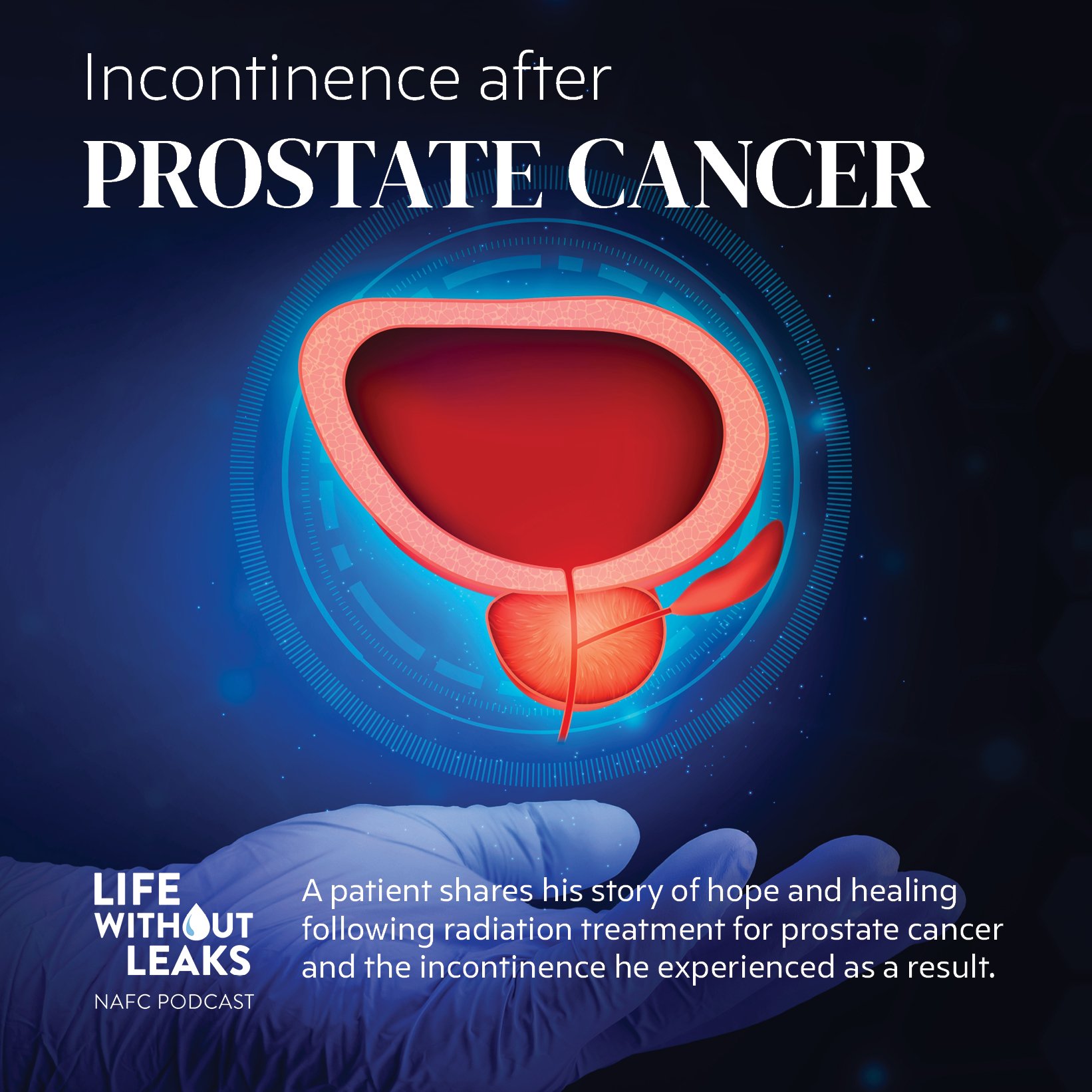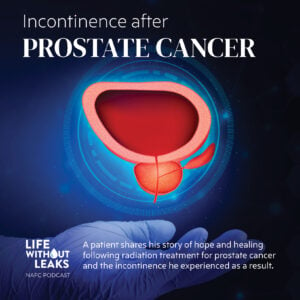Whether you live across town or across the country, today’s technology has made it easier than ever to care for a senior loved one. From activity trackers to video calling devices, you have an impressive array of options that will make your job as a senior caregiver easier. Keep reading for information on these and how you can best incorporate them into your senior’s life.
Your role as a Senior Caregiving
Before we look at different technology, it’s important to understand your role as a senior caregiver. As the National Association for Continence explains, you are there for support and to be helpful. You must always remember that your parent or grandparent is an adult, and he/she should be treated as such. While you may have to make decisions for them from time to time, remember to approach your duties with love and an open mind. They may not be ready to adopt features of the modern world, and your job is to be patient and encouraging.
Hi-Tech Help
One of the greatest inventions of the modern world is the activity tracker. Medicare.org notes that many of these even offer location tracking, which can help you keep tabs on a senior loved one suffering from cognitive decline. If your loved one tends to wander, providing them a wearable device that can show you where they are at all times will ease your mind significantly. You can also keep a close watch on their activity levels, which can help you gauge how they are feeling mentally and physically.
Smart home hubs are another piece of equipment to consider. Devices, such as Amazon’s Echo Show, may be linked to your senior loved one’s telephone so that they can make video calls simply by asking their device to do so. They can call you directly on your phone if they need something, and you can drop in virtually if you are at work or cannot visit due to an illness or other constraints.
For seniors that take lots of different medications, a pill reminder or medication call reminder service can keep them current on any prescriptions they’re expected to take daily. Another benefit to senior health is the availability of online exercise programs, available through YouTube and other video sites. Seniors can quickly and easily find an exercise routine that’s right for them without the hassle, expense, or risk of driving to the gym.
Smart home security systems are something else to consider. These give you remote access to different features of your loved one’s property. You might, for example, link to a video doorbell to see who’s calling on them when they are alone. Keep in mind, however, that it might be necessary to install WiFi extenders to ensure every room in their home and on their land is connected. Dwell recommends the Mesh WiFi system, but there are many others available.
Finally, you can use technology on your end to further improve your senior’s overall health and wellness. One great example is to use your own internet connectivity to order groceries for delivery. Many seniors find that going to the store is just too much, and, with an order of just $35, Costco and many other grocers will deliver directly to your loved one’s front door.
Of course, you can always stick with the tried-and-true telephone. However, even cell phones have limitations. When you cannot be with your loved one 24 hours a day, you can let technology work for you. From installing a home security system to extending their Wi-Fi so their devices continue to work, the above tips can help you be a better caregiver to your loved one and will ease your mind on the days you are away.
About the author:
Claire Wentz is the creator of Caring From Afar and author of the upcoming book, Caring from Afar: A Comprehensive Guide for Long-Distance Senior Caregivers. Claire is a former home health nurse and recognizes that our aging population means many more people will become senior caregivers over the years. She is interested in providing support to those caregivers who do not live near their loved ones and hopes her writing will uplift them, and give them peace of mind when they need it.






